Overhead crane wheels are critical components that form the interface between an overhead crane or hoist and its runway beam.
Overhead crane wheels are responsible for bearing the full load of the crane and the lifted materials, while simultaneously facilitating smooth and precise longitudinal travel along the runway. Engineered for extreme durability and reliability, these wheels are a fundamental part of ensuring the safety, hiệu quả, and longevity of your material handling operations. They are typically mounted on wheel forks or end trucks and are driven by motors or move freely as idler wheels.
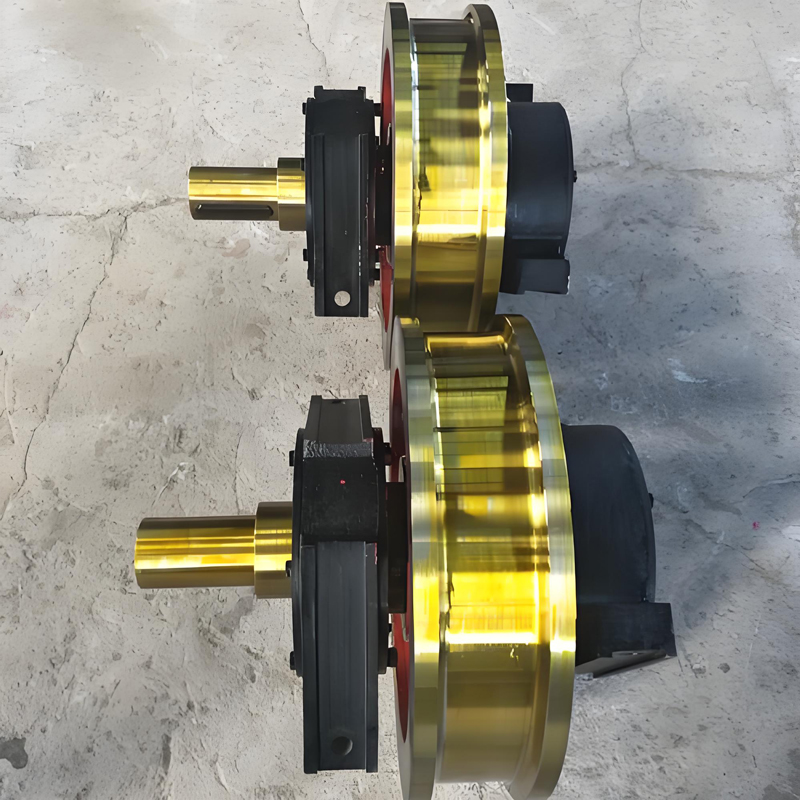
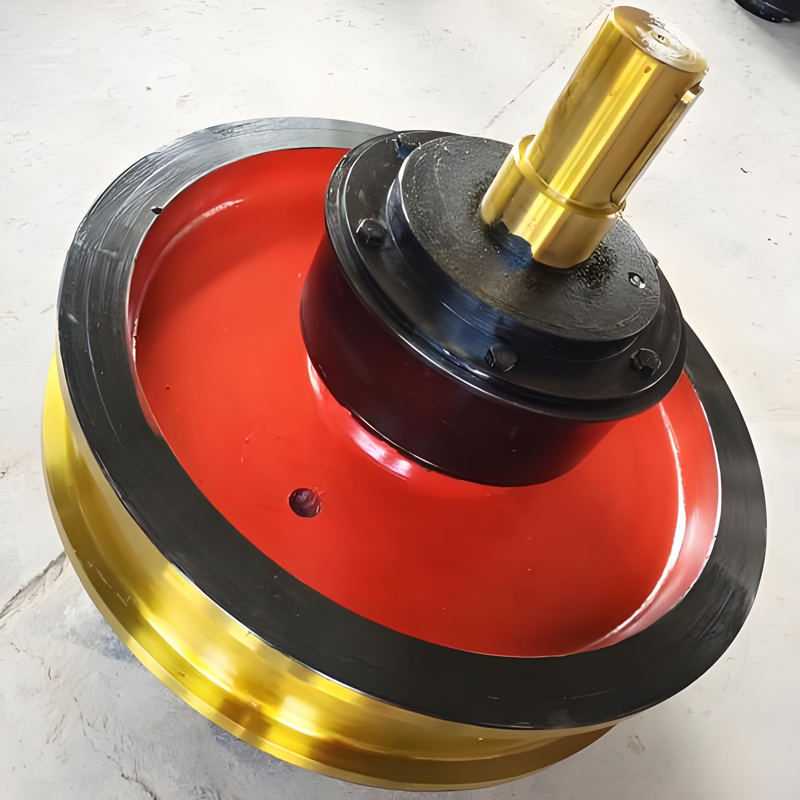
| Tham số | Đặc điểm kỹ thuật | Ghi chú |
| Wheel Diameter | 250mm – 800mm (10″ – 32″) | Custom diameters available |
| Wheel Width (Tread) | 90mm – 200mm (3.5″ – 8″) | Varies with load capacity |
| Bore Diameter | 60mm – 200mm (2.4″ – 8″) | Matched to standard bearing sizes |
| Chiều cao mặt bích | 20mm – 35mm (0.8″ – 1.4″) | Tiêu chuẩn & custom profiles |
| Lớp vật liệu | 55# Thép, 65Mn, 42CRMO, SS | Alloy steel 42CrMo is common for heavy-duty |
| Độ cứng bề mặt | HRC 55-60 | Hardened depth: 15-20mm |
| Core Hardness | HB 240-280 | Ensures toughness and impact resistance |
| Max Load Capacity | 5 Tons – 100+ Tons per wheel | Dependent on wheel size and material |
Ghi chú: The above parameters are general. Exact specifications must be determined based on your crane’s design and operational requirements.
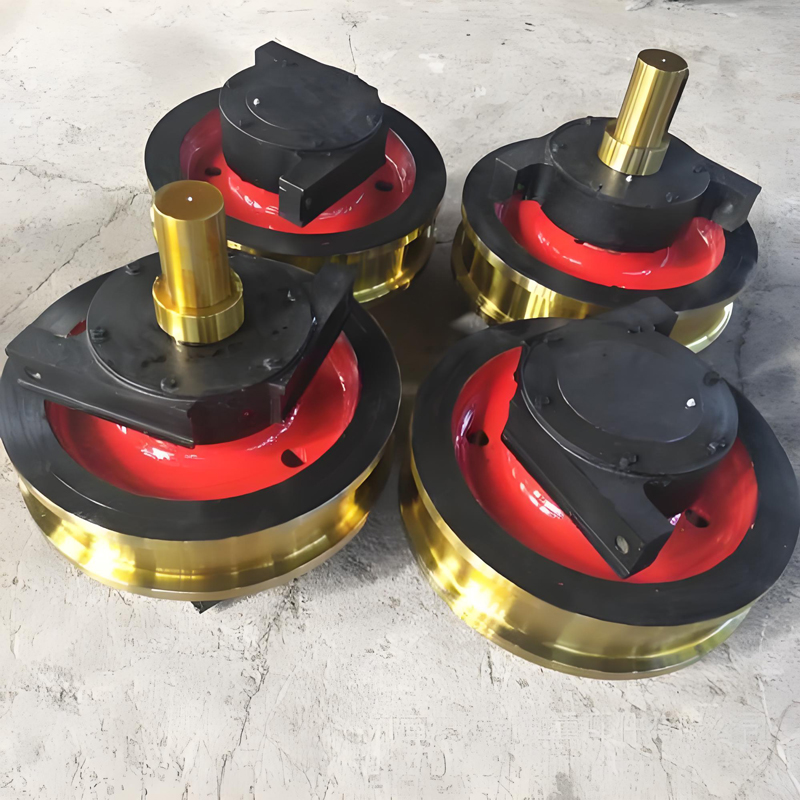
We offer a comprehensive range of overhead crane wheels to meet diverse needs.
1. Double Flange Wheels: Loại phổ biến nhất, with flanges on both sides to securely guide the crane along the runway rail, preventing derailment.
2. Single Flange Wheels: Used in specific configurations where one side of the wheel runs against a guide, often found in specialized crane systems or to compensate for tracking issues.
3. Flangeless (Plain) Wheels: Used in conjunction with separate horizontal guide rollers. Common in very heavy-duty applications like furnace charging cranes or where lateral forces are high.
1. Drive Wheels: Feature a machined groove or keyway on the tread or side to engage with a drive pinion or are directly driven via a shaft. They provide the motive force for the crane.
2. Idler (Free-Running) Wheels: These wheels are not driven and rotate freely, supporting the load and following the movement of the driven wheels.
1. Standard Steel Wheels: For general indoor industrial use.
2. Alloy Steel Wheels: For heavy-duty, high-cycle applications (VÍ DỤ., 42CRMO).
3. Heat-Treated Steel Wheels: For extreme duty cycles and maximum wear resistance.
4. Stainless Steel Wheels: For corrosive environments (food processing, Cây hóa học).
5. Forged Steel Wheels: For the most demanding applications requiring superior strength and impact resistance.
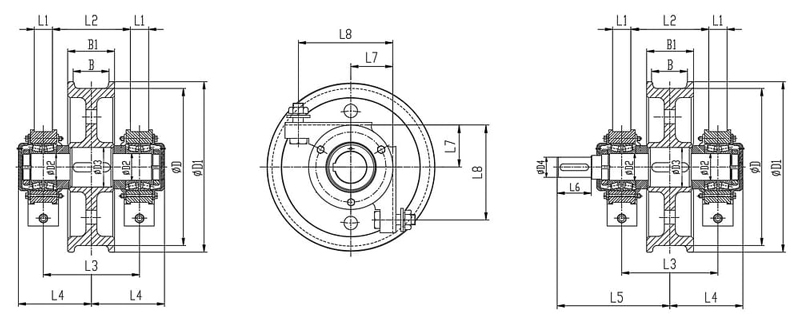
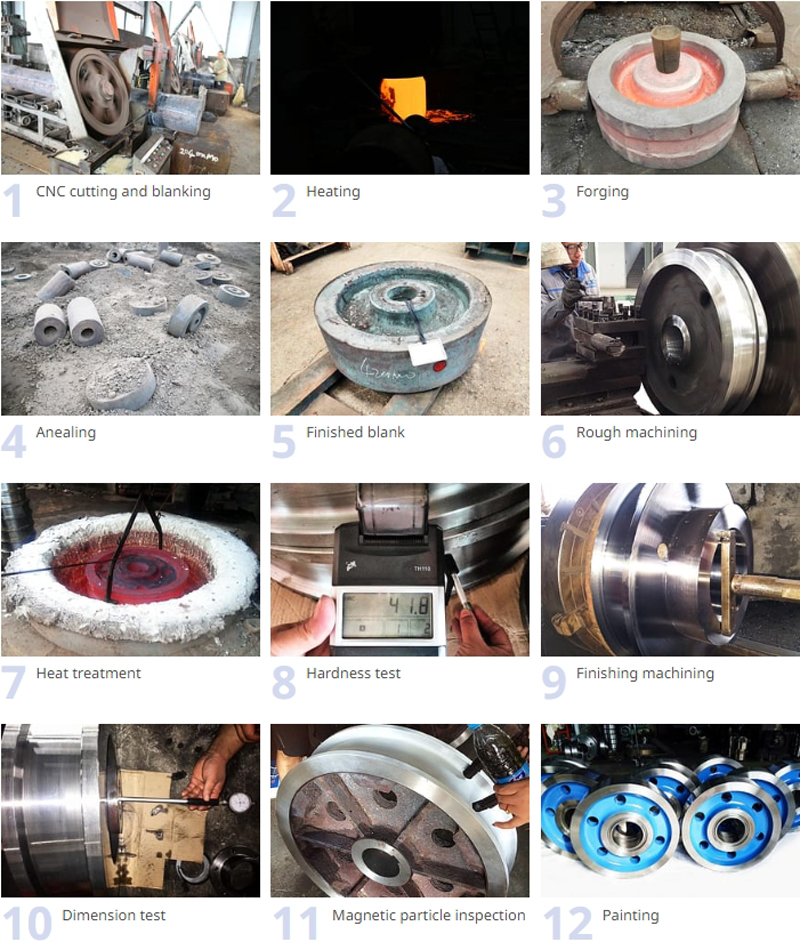
Q1: How do I know when my overhead crane wheels need to be replaced?
MỘT: Regular inspection is key. Các dấu hiệu phổ biến bao gồm:
Q2: Can I replace just one worn wheel?
MỘT: It is highly recommended to replace wheels in sets on the same end truck or, ideally, across the entire crane bridge. Replacing only one wheel can lead to uneven load distribution, causing rapid and uneven wear on the new wheel and potential alignment issues.
Q3: What is the difference between flame hardening and induction hardening?
MỘT: Both processes harden the wheel’s surface.
Q4: How important is the wheel hardness compared to the rail hardness?
MỘT: It is crucial. Ideally, the crane wheel should be harder than the rail. A harder wheel will wear down slower, transferring the wear to the rail, which is typically longer, cheaper, and easier to replace than a wheel set. A common rule is for the wheel to be 20-40 HB points harder than the rail.
Q5: Do you provide custom-made wheels?
MỘT: Đúng, we specialize in providing custom solutions. We can manufacture wheels to your specific drawings, including non-standard diameters, widths, bore sizes, and special heat treatment requirements. Please provide your technical specifications for a quotation.
Q6: What information do I need to provide to order the correct replacement wheel?
MỘT: To ensure a perfect fit, please provide:
1. Wheel Outside Diameter and Tread Width.
2. Bore Diameter and Keyway Dimensions (Nếu có).
3. Flange Height and Profile.
4. Overall Width of the Wheel.
5. Photos of the old wheel and the assembly can also be very helpful.
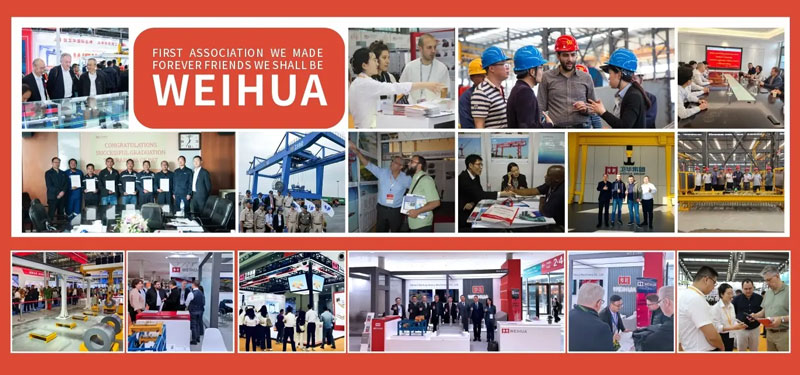
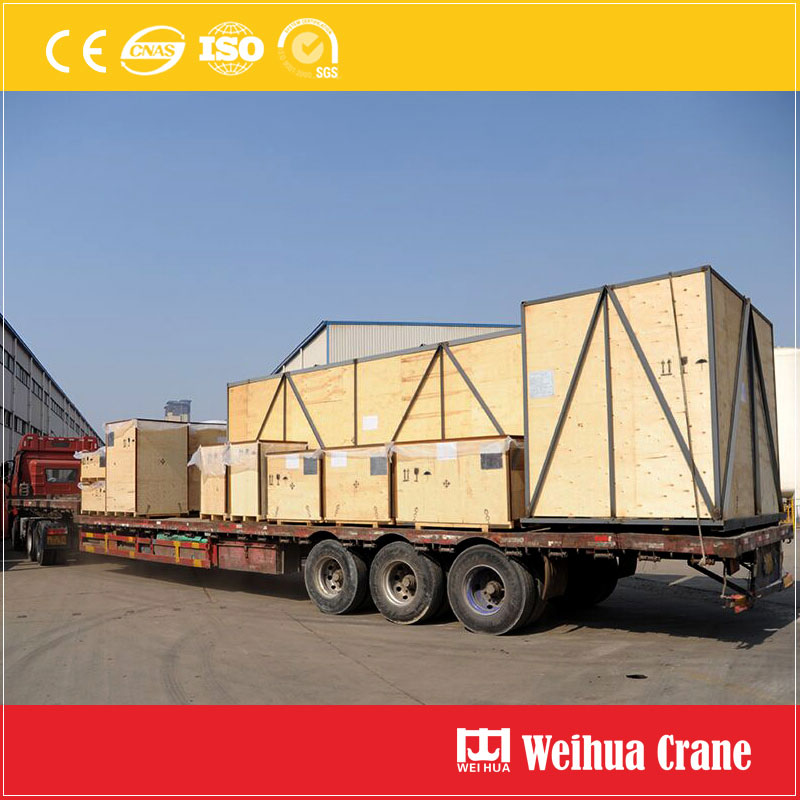
Chúng tôi coi trọng phản hồi của bạn! Vui lòng hoàn thành biểu mẫu bên dưới để chúng tôi có thể điều chỉnh các dịch vụ của mình theo nhu cầu cụ thể của bạn.

Các 2 cần cẩu tấn là một thiết bị nâng linh hoạt và đáng tin cậy được thiết kế để đáp ứng……
Khám phá thêm →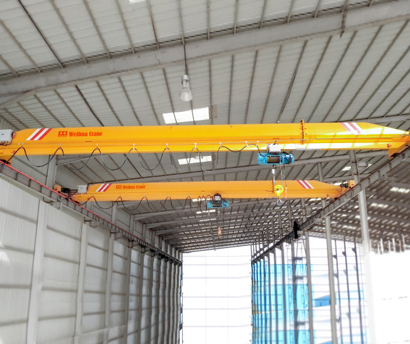
Các 10 ton overhead crane is an indispensable heavy-duty material handling solution in ……
Khám phá thêm →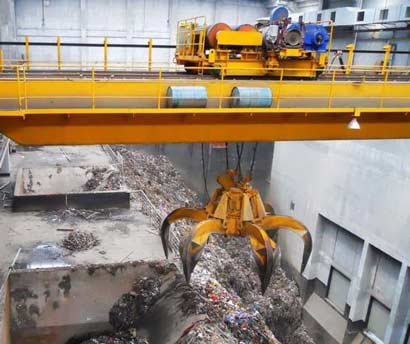
A grab bucket overhead crane is a specialized material handling machine designed to str……
Khám phá thêm →

Nhấp vào nút để nhận thông tin sản phẩm và báo giá trên WhatsApp.
Nhận báo giá
Nhận xét mới nhất